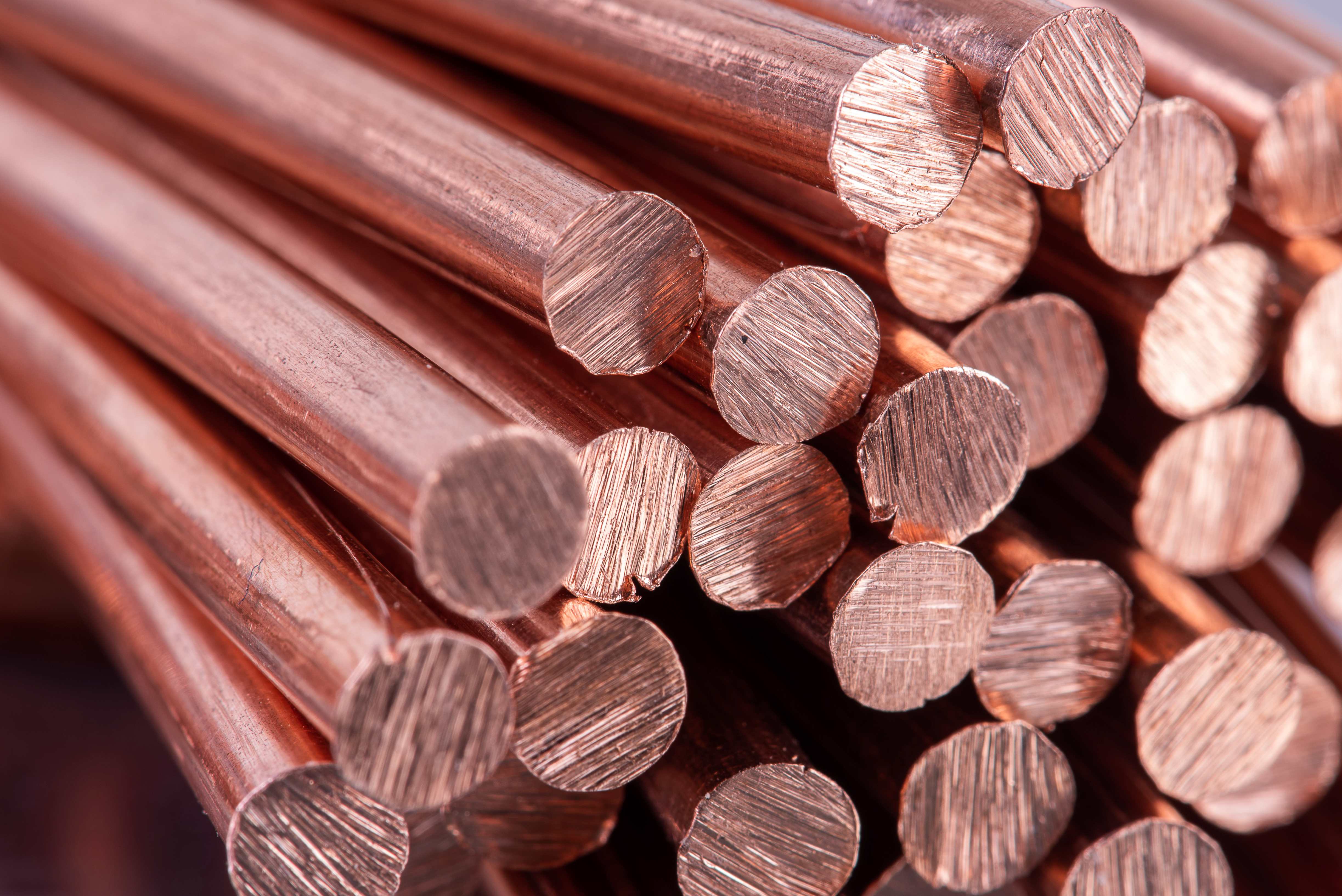Nexans invests more than €90M (US$97M) in Continuus-Properzi copper rod line in France
News Analysis

25
Oct
2024
Nexans invests more than €90M (US$97M) in Continuus-Properzi copper rod line in France
The new mill is the first major investment in West European rod capacity since La Farga’s Spanish project in 2017. It will produce Fire Refined High Conductivity (FRHC) rod from 100% recycled copper, meeting the evolving market requirement for more sustainable solutions.
Nexans, the world’s second-largest cable manufacturer, has announced a landmark project to construct a new rod mill at its existing foundry in Lens, Northern France. As per an official press release, the objective of the new plant is “to continuously produce wire rod from recycled copper, through a state-of-the-art refining method using up to 100% of recycled metal, while optimising water and energy consumption.” The new line will increase Nexans’ rod capacity in France by 50%, from 160ktpy to 240ktpy, and will boost its copper scrap recycling capacity to 80ktpy when the line is commissioned in 2026. As global demand for copper continues to rise, recycling is emerging as a key solution to potential shortages of this critical metal, which is essential for electrification and the energy transition.
Combined with its recently announced Suez Recyclables joint venture, Nexans aims to become a key player in the circular economy of the European copper industry. By actively collecting, sorting, and processing end-of-life copper wire and cable scrap into new wire, the company states it will be “entirely self-sufficient in terms of the copper supplies required for its entire cable production value chain.” Nexans also intends to reduce its carbon footprint and raise the proportion of recycled copper in its cables to 30% by 2030. This target, which was pre-announced during LME Week, is now supported by the new rod mill project, which demonstrates how it will be achieved. The new venture also highlights how the European industrial supply chain for end-of-life recycled copper materials is becoming increasingly competitive, with new projects vying for existing supply and limiting future scrap exports to China.